Can I use malt vinegar for cleaning? — here is the best vinegar to clean with
Find out what vinegar you should be using to clean — and it’s not balsamic!
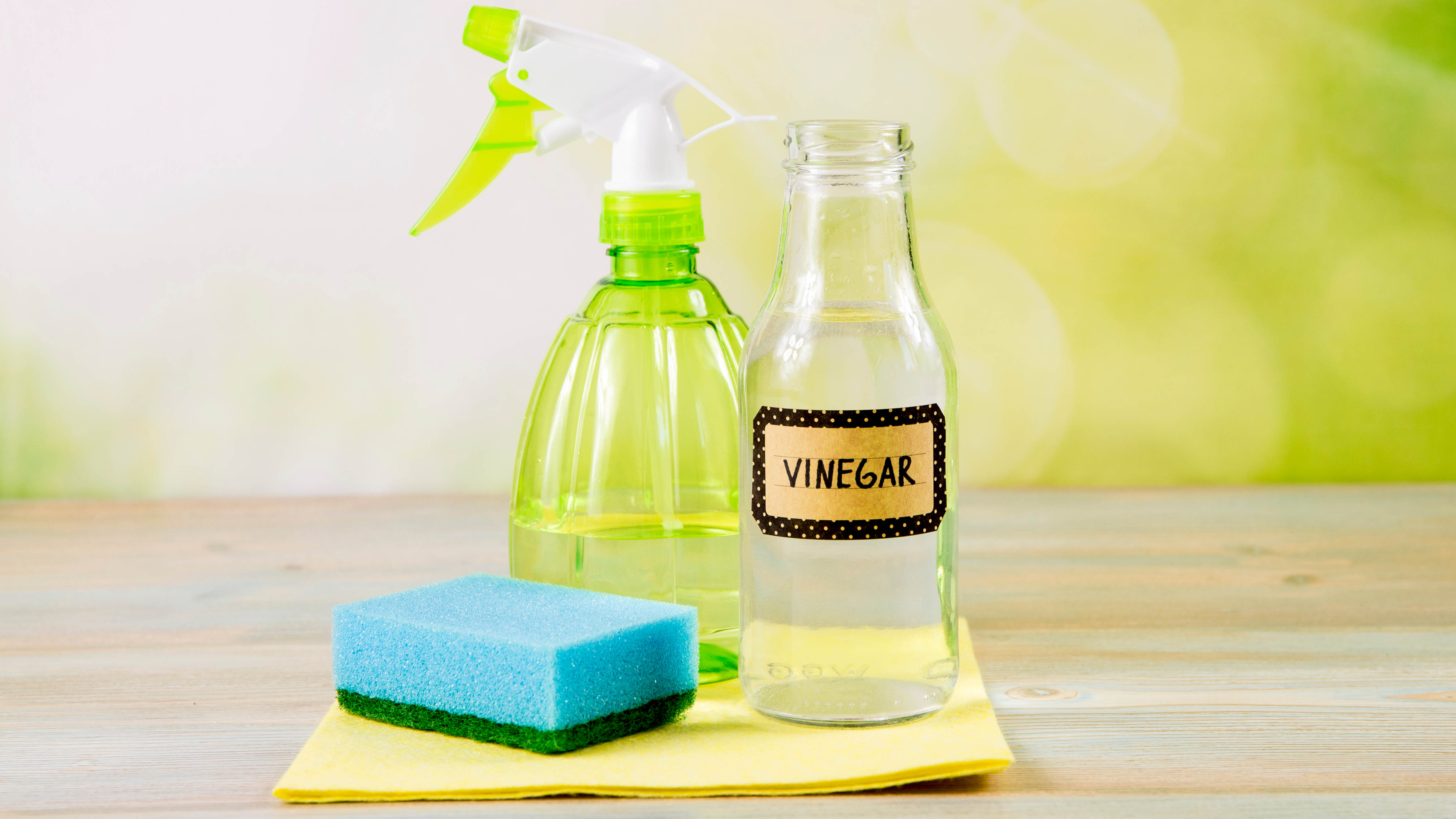
When it comes to our trusted cleaning solutions, vinegar seems to be the one household item to tackle just about every problem. From removing stubborn stains and deodorizing odors to even unclogging a drain, vinegar is bound to save the day! What’s more, vinegar works quickly to remove grease, dissolve scum, and loosen sticky residue in seconds. You can’t get better than that!
But the biggest question everyone wants to know is what vinegar can you use? While our condiment cupboard may be full of our favorite vinegars, it can often be tricky to know which one you can clean with. From malt and white to balsamic vinegar, what are the differences?
Don’t panic, we’ve done the research for you. Here are the common types of vinegar found in our homes and what they do.
If you want to clean with vinegar, but hate the smell, here's how to clean with vinegar without the smell and here's 7 reasons you should use vinegar in your washing machine.
Why is vinegar so good at cleaning?
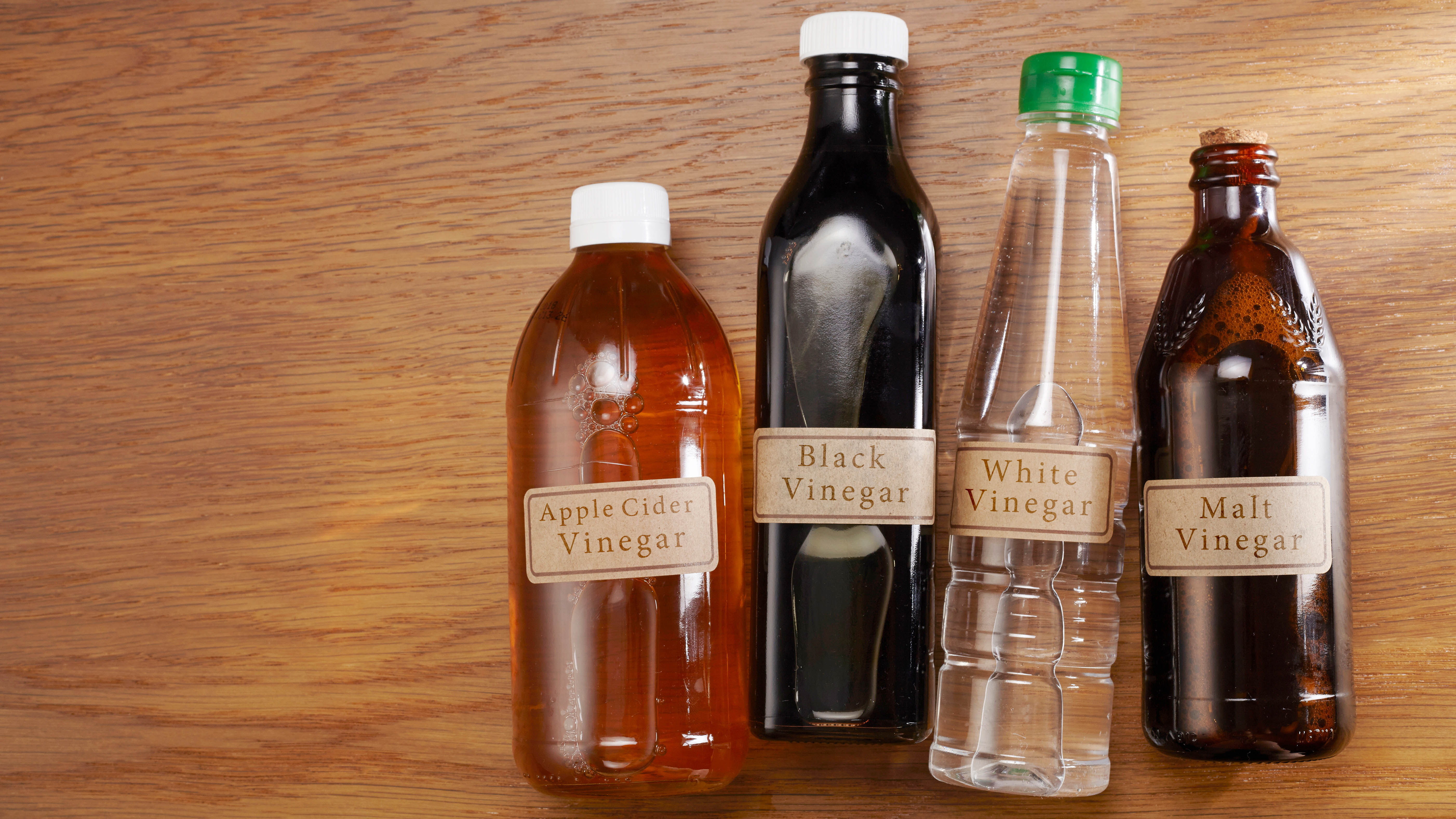
The answer is all in the acidity. Vinegar is made of acetic acid which is a colorless organic compound, strong enough to kill bacteria, banish stains and get rid of nasty odors (besides the vinegar smell!). What’s more, acetic acid is also an ingredient found in some household cleaners available in the stores.
Best of all, vinegar is non-toxic as it's free from harsh chemicals found in store-bought products, and it's inexpensive. If you really want to get the most out of white vinegar though, combine it with baking soda (another cleaning super power!) to make a homemade solution. If you want more cleaning tips, find out what makes baking soda and vinegar good at cleaning.
Do remember that vinegar is highly acidic, in which case there are certain things that you should never clean with white vinegar. This will cause further damage or discoloration to certain surfaces, which will be more costly in the long run! Generally, before you start cleaning any surface, always test on a small spot or area first.
Get instant access to breaking news, the hottest reviews, great deals and helpful tips.
White distilled vinegar
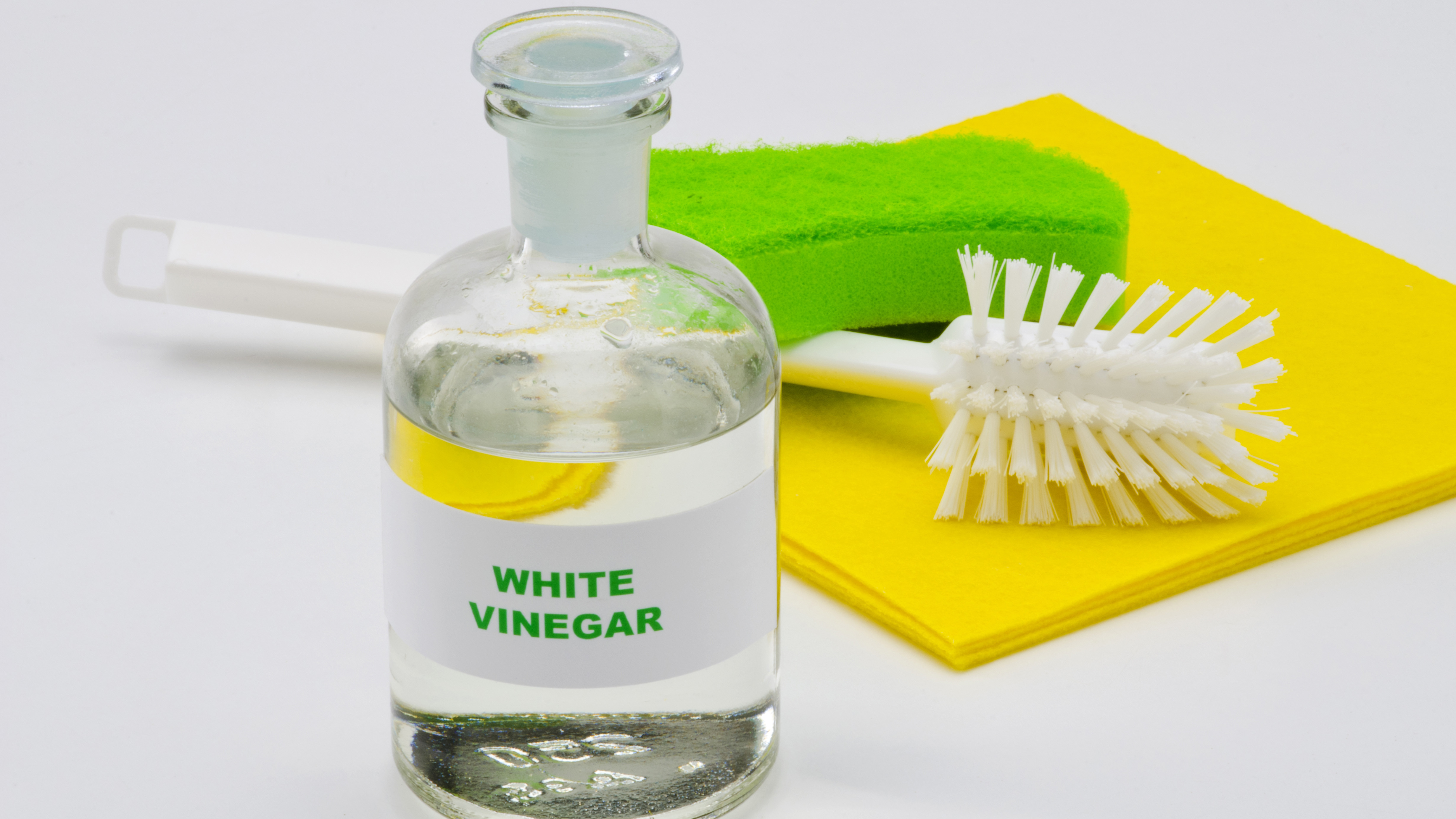
White distilled vinegar is by far the best type for general household cleaning. First, it contains about 5% acetic acid and 95% water, which is a similar acidity level to many multipurpose cleaners.
In addition, it doesn’t contain a coloring agent and is a clear substance, meaning it won’t stain surfaces or fabrics. Best of all, it doesn't have as strong a smell like the other types of vinegar, which will make your cleaning chores more pleasant.
Malt vinegar

Malt vinegar is commonly used on foods (fish and chips, anyone?), but in some cases, can be used to clean some things. Typically, it’s not recommended to use for cleaning as its brown coloring may stain surfaces or fabrics. However, malt vinegar can be used to descale coffee pots and teapots or even help to loosen and remove rusty items.
In addition, you can dilute malt vinegar to clean glass and windows by simply mixing ½ gallon of clean water with two cups of malt vinegar. Bear in mind, malt vinegar has a more pungent smell than white vinegar, so be sure to open up the windows for fresh air!
Balsamic vinegar
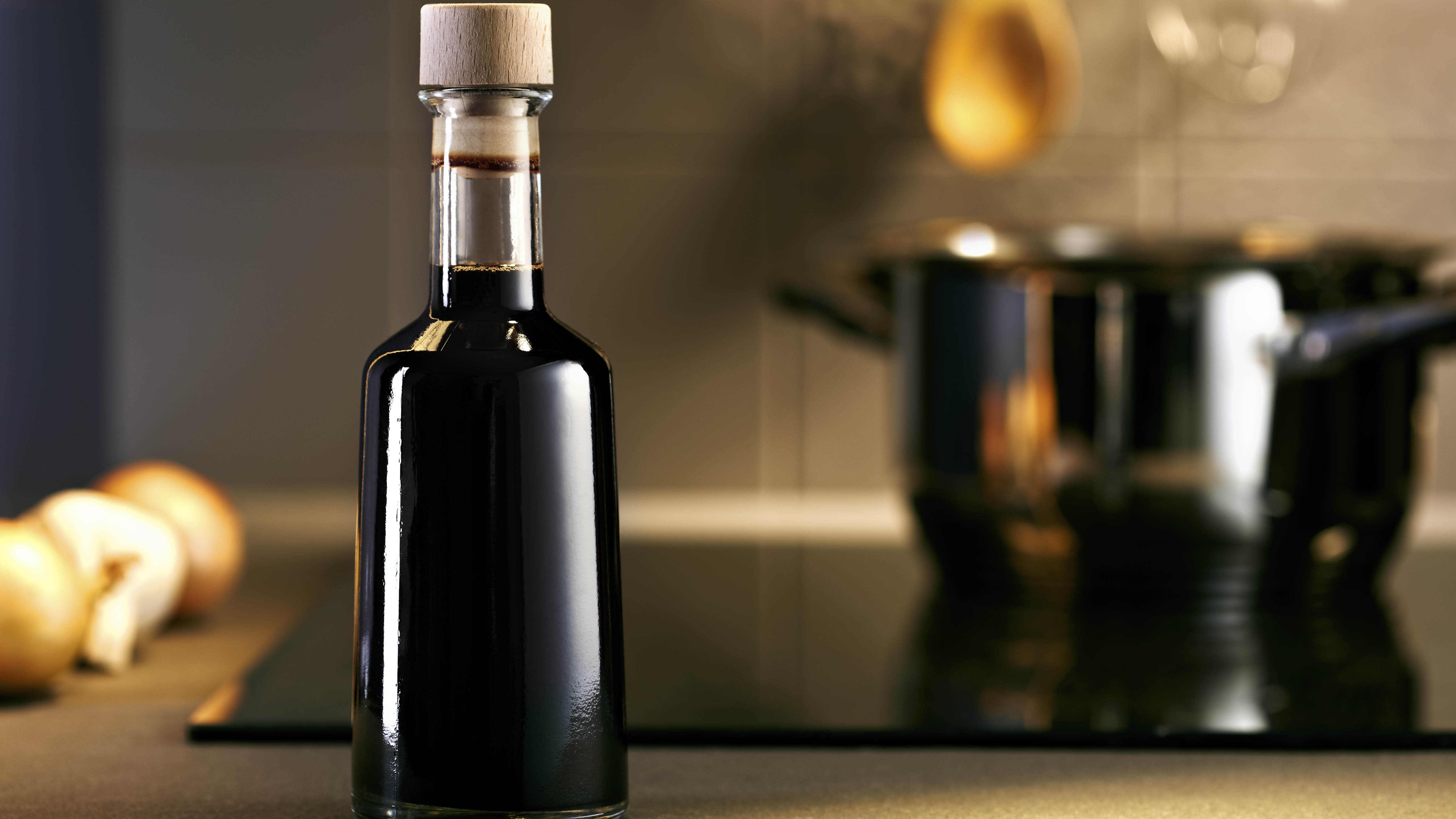
Surprisingly, balsamic vinegar can have a similar acidity to white distilled vinegar, so it does have the power to cut through grease. However, balsamic vinegar is made from grapes (and not grains), which means its dark coloring may stain surfaces or fabrics that you’re trying to clean. Plus, who would want to clean their home with expensive vinegar anyway?
Apple cider vinegar
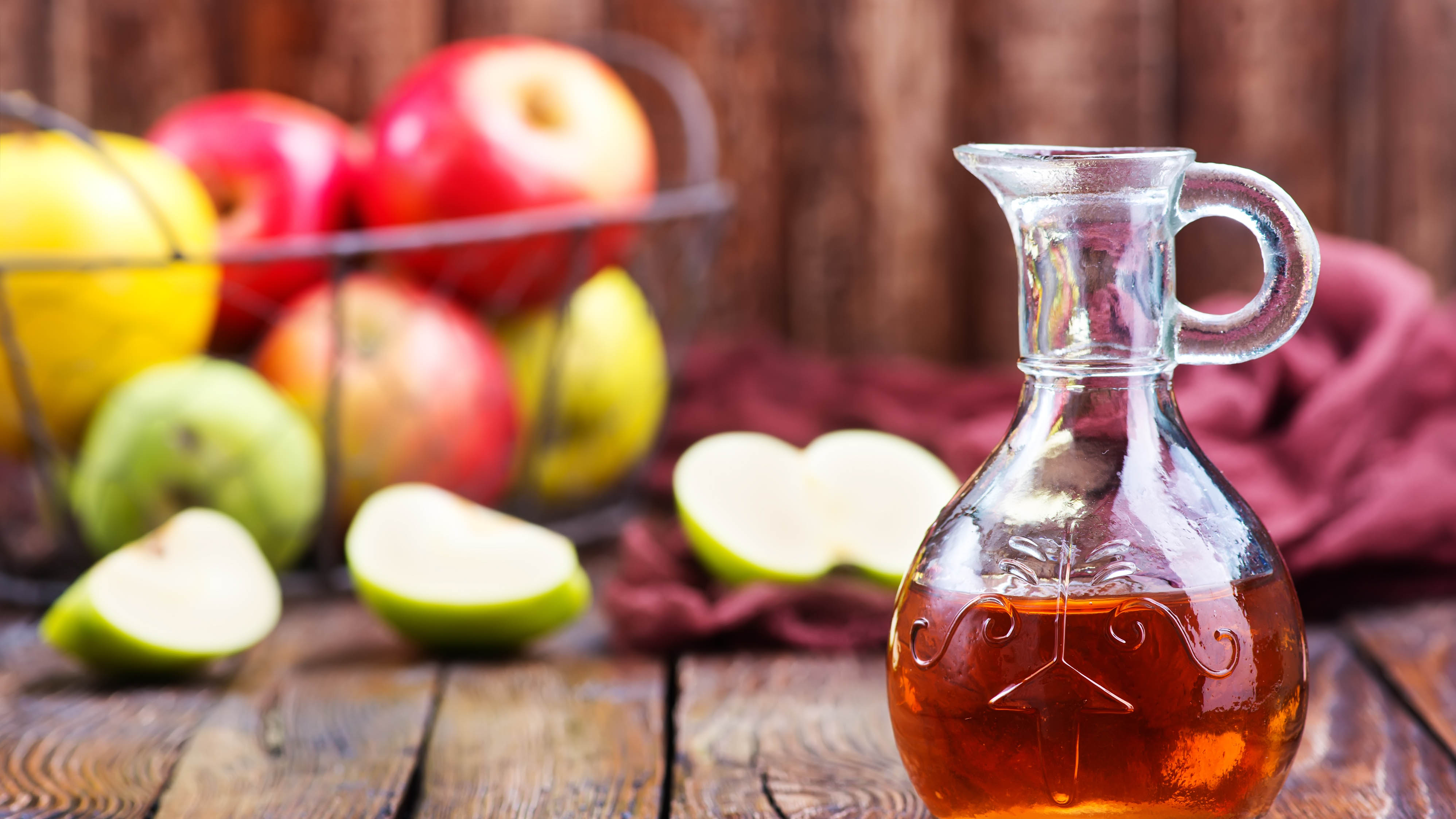
Similar to malt vinegar, apple cider vinegar has a brown coloring and should not be used to remove stains. However, it can be used to clean windows as a good substitute for white vinegar.
And for another cleaning tip, here's how to get rid of ants safely with household products.

As the Homes Content Editor, Cynthia Lawrence covers all things homes, interior decorating, and garden-related. She has a wealth of editorial experience testing the latest, ‘must-have’ home appliances, writing buying guides and the handy ‘how to’ features.
Her work has been published in various titles including, T3, Top Ten Reviews, Ideal Home, Real Homes, Livingetc. and House Beautiful, amongst many.
With a rather unhealthy obsession for all things homes and interiors, she also has an interior design blog for style inspiration and savvy storage solutions (get rid of that clutter!). When she’s not testing cool products, she’ll be searching online for more decor ideas to spruce up her family home or looking for a great bargain!
 Club Benefits
Club Benefits





